Hiking pants vs leggings: which is better for outdoor adventures?
We explain the differences between hiking pants vs leggings, what you’ll want from a pair of trousers on a hike, and when you can get away with stretchy pants
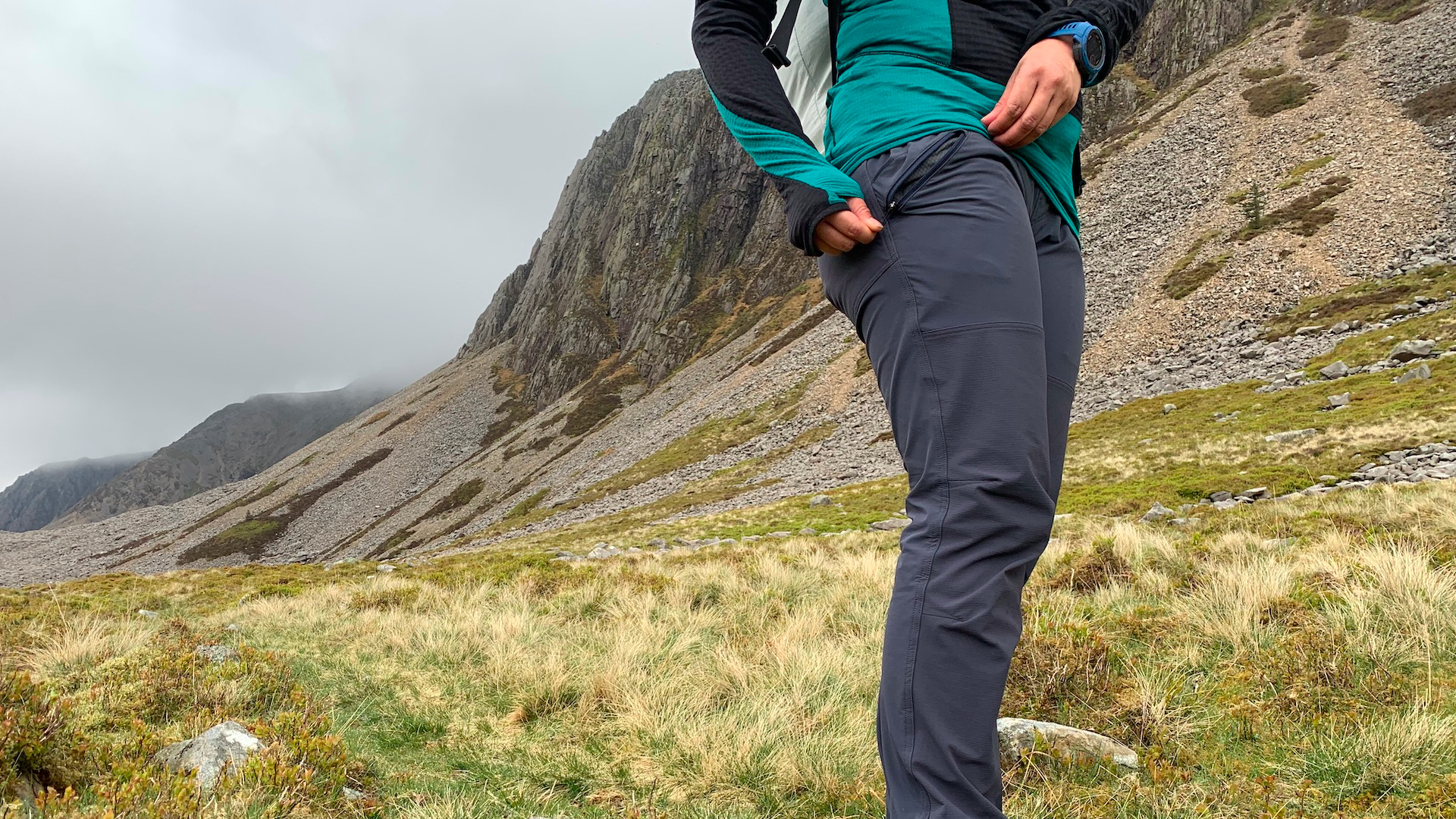
The very idea of debating hiking pants vs leggings might will cause hiking purists to scoff, but with leggings and yoga pants becoming acceptable attire for just about every activity under the sun these days, it’s fair to ask if they’re really suitable for hiking and hillwalking. After all, they’re comfortable, functional and you probably already own a pair, or seven. So do you really need to go and spend money on a pair of hiking pants too? We explain the differences between them, what you’ll want from a pair of trousers on a hike, and when you can get away with stretchy pants on your escapades.
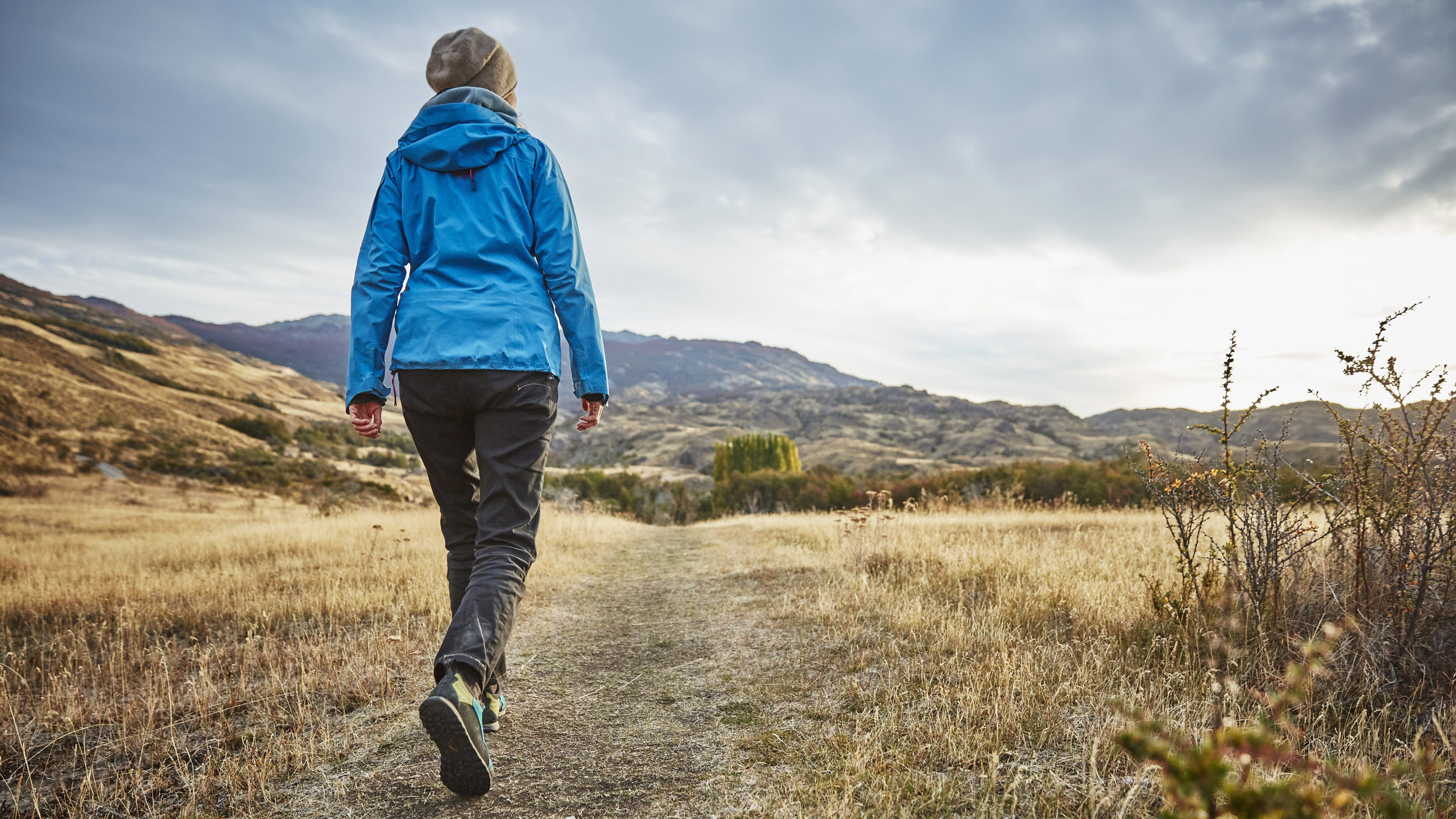
Hiking pants vs leggings: weather protection
In most climates, you want a bit of weather protection to fend off a cold wind and light rain. Though you’ll want to pull on a pair of rain pants for a downpour, hiking pants usually provide a bit of wind protection which keeps you warm, and many are water-resistant against a sprinkle. Your average pair of leggings won’t do much against the wind or the rain, while those made from cotton or bamboo rayon will even get quite saturated in the rain. However, it’s fair to say that it’s really easy to pull a pair of rain pants on over your leggings when the heavens open. In fine weather, none of this will matter.
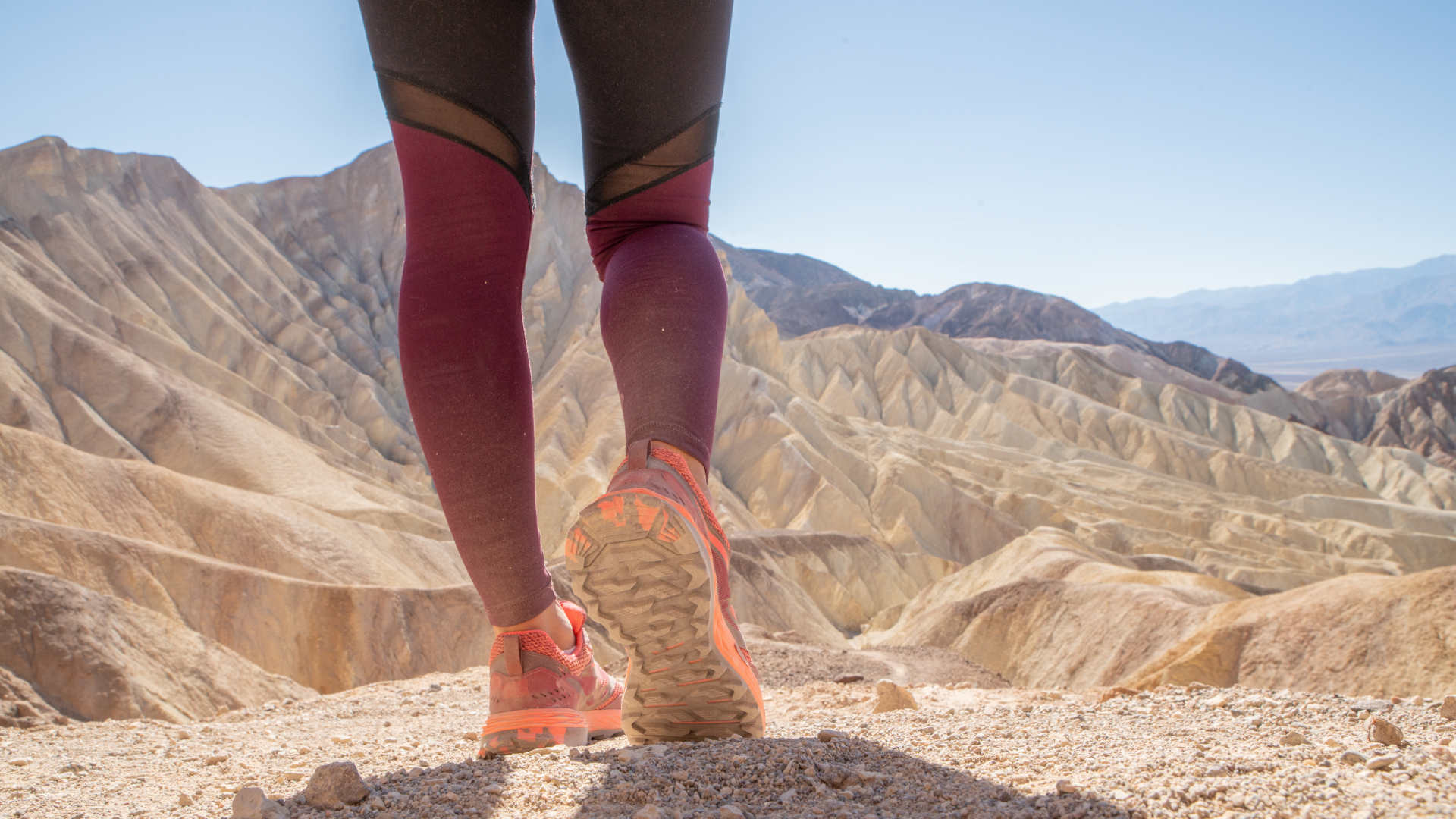
Hiking pants vs leggings: stretch
For steeper, more technical hikes that involve some scrambling, the last thing you want is your pants to inhibit your ability to climb or even feel uncomfortable around your hips and crotch. Fortunately, these days you’d be hard pushed to find a pair of hiking pants without a little stretch in them. In fact, all of the styles that made our list of the best women’s hiking pants contain a stretchy fabric while most of the men’s at least have stretchy panels. That said, it’s clear that a pair of leggings is likely to have more stretch than any pair of pants, leaving your movement completely unrestricted. Where hiking pants might lack a little of the stretch of leggings, however, they usually have more room (if they’re the right fit), so that might shrink the legging lead in this category.
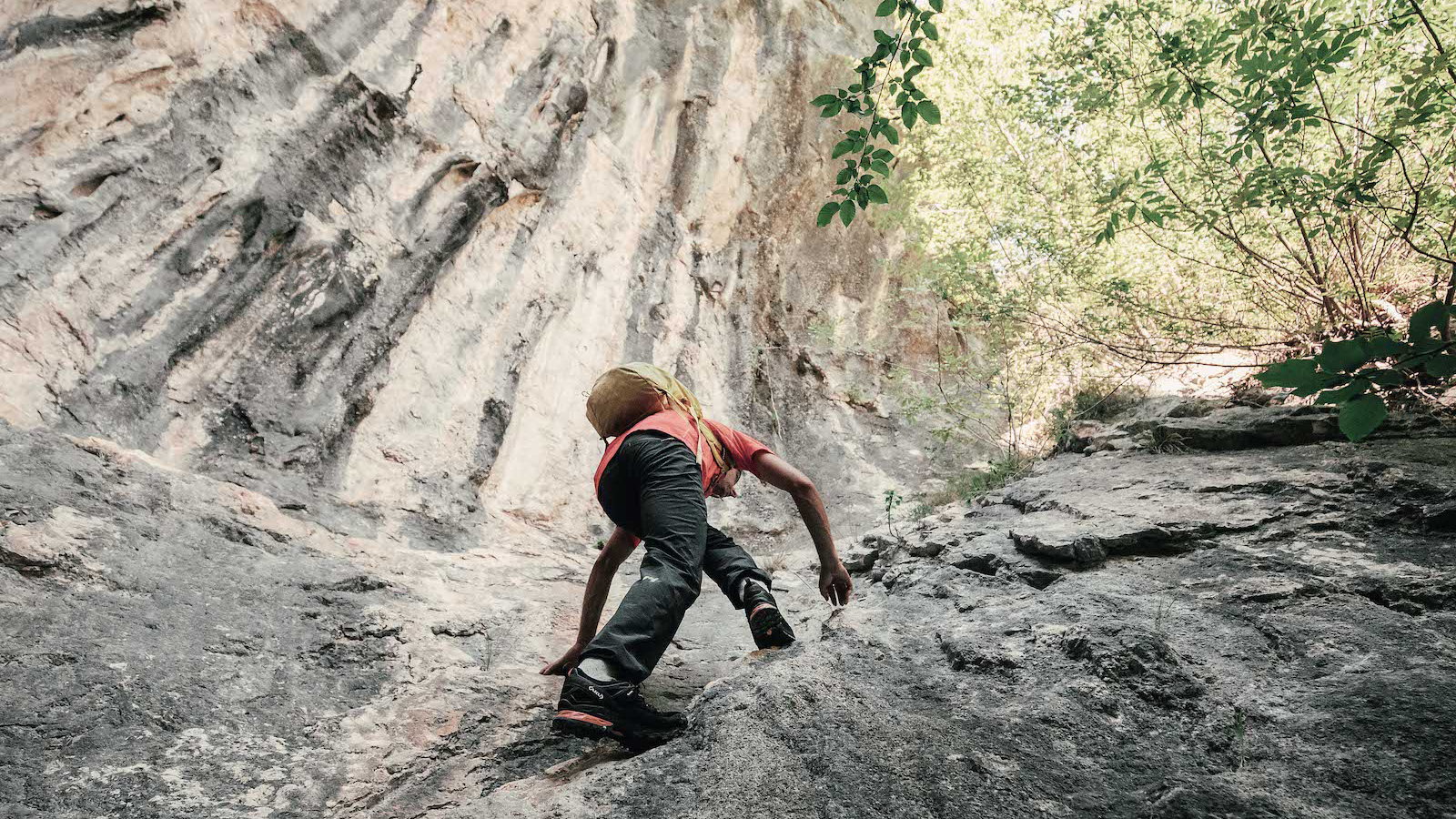
Hiking pants vs leggings: breathability
Ideally, you want any clothes that you’re going to be moving in to be breathable and moisture-wicking so that warm air and vapor from sweat can escape and keep you cool. This is arguably a bit less important in your pants as compared to your upper body, but you still have plenty of sweat glands in your groin and you will notice if your hiking pants are trapping warm air and moisture. Most hiking pants will be breathable enough and likely to wick moisture too, in part because they’re looser and also because they’re not usually made from cotton. The only time you might find hiking pants get a bit clammy is if you wear a waterproof or very water-resistant pair better suited to cold temperatures during the summer months.
Leggings meant for athletic pursuits such as yoga or running leggings should definitely be made from a breathable, moisture-wicking material (and may even have ultra breathable panels) since you’re obviously going to be sweating in them, but the snugger fit can also make them sweatier around the crotch. Also if you’re just thinking about hitting the hills in a pair of cotton leggings, be warned that they’ll be breathable but not at all moisture-wicking. If you get soaked in these, they’ll stay soaked. Once again, if you do all your hiking in fair weather, even a pair of cotton leggings should get the job done.
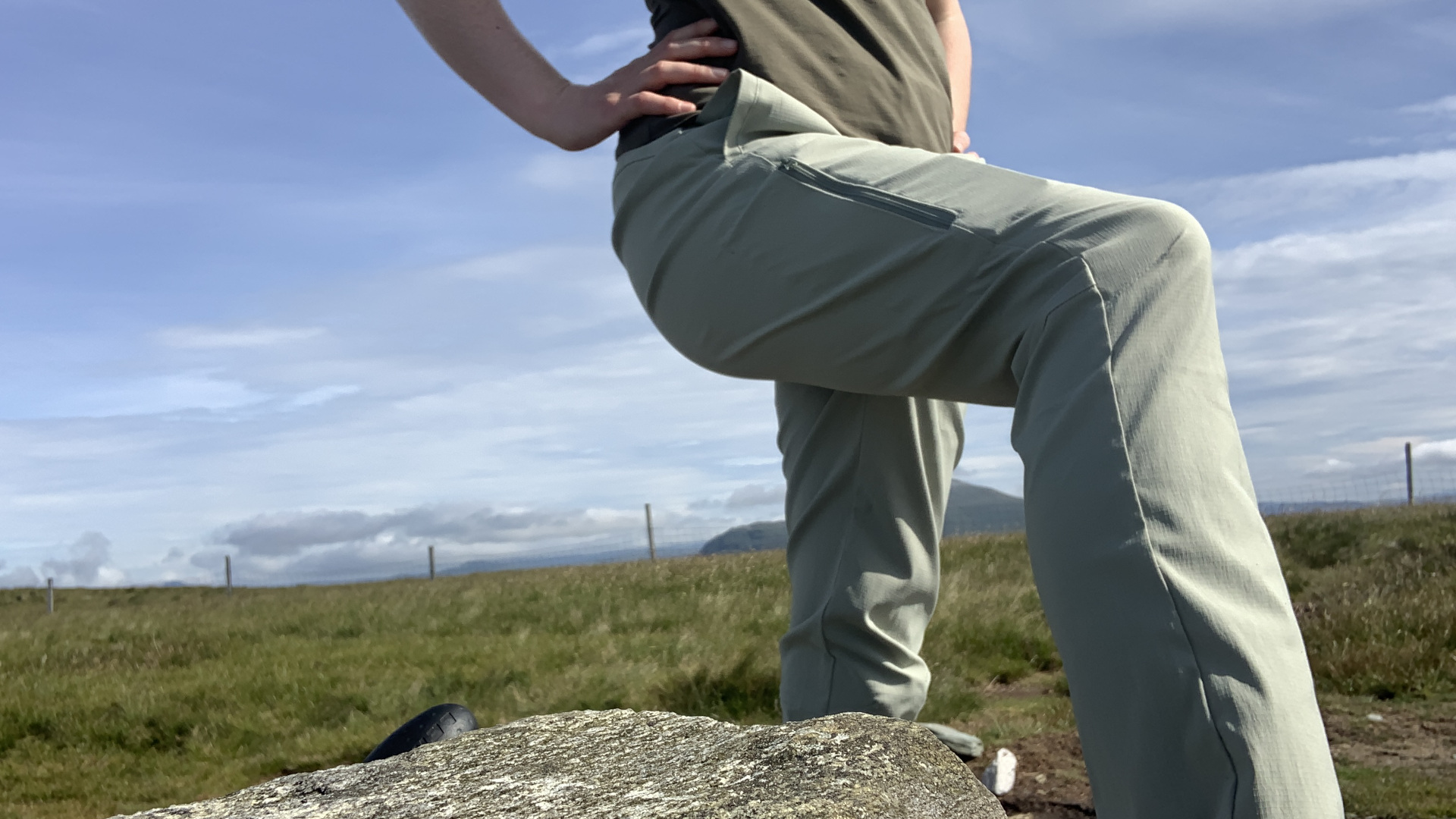
Hiking pants vs leggings: pockets and other features
An aspect of hiking pants that makes them different from regular trousers is that they usually have special features that are designed with hikers in mind. You can expect several, decent sized zipped pockets big enough for a map or a pair of gloves, stretchy panels for mobility and reinforced panels on the knees and bum in case you end up scrambling.
The simplest leggings have absolutely no features or pockets to speak of, however many yoga and running pants are being manufactured these days that have deep thigh pockets large enough to hold your phone and often a hidden pocket in the waistband for a key or credit card. That said, these pockets won’t usually be zipped and won’t protect your gear against a downpour. If you’re a hiker that likes to carry all your gear in a backpack, you might be willing to forego the lack of pockets for comfort.
Advnture Newsletter
All the latest inspiration, tips and guides to help you plan your next Advnture!
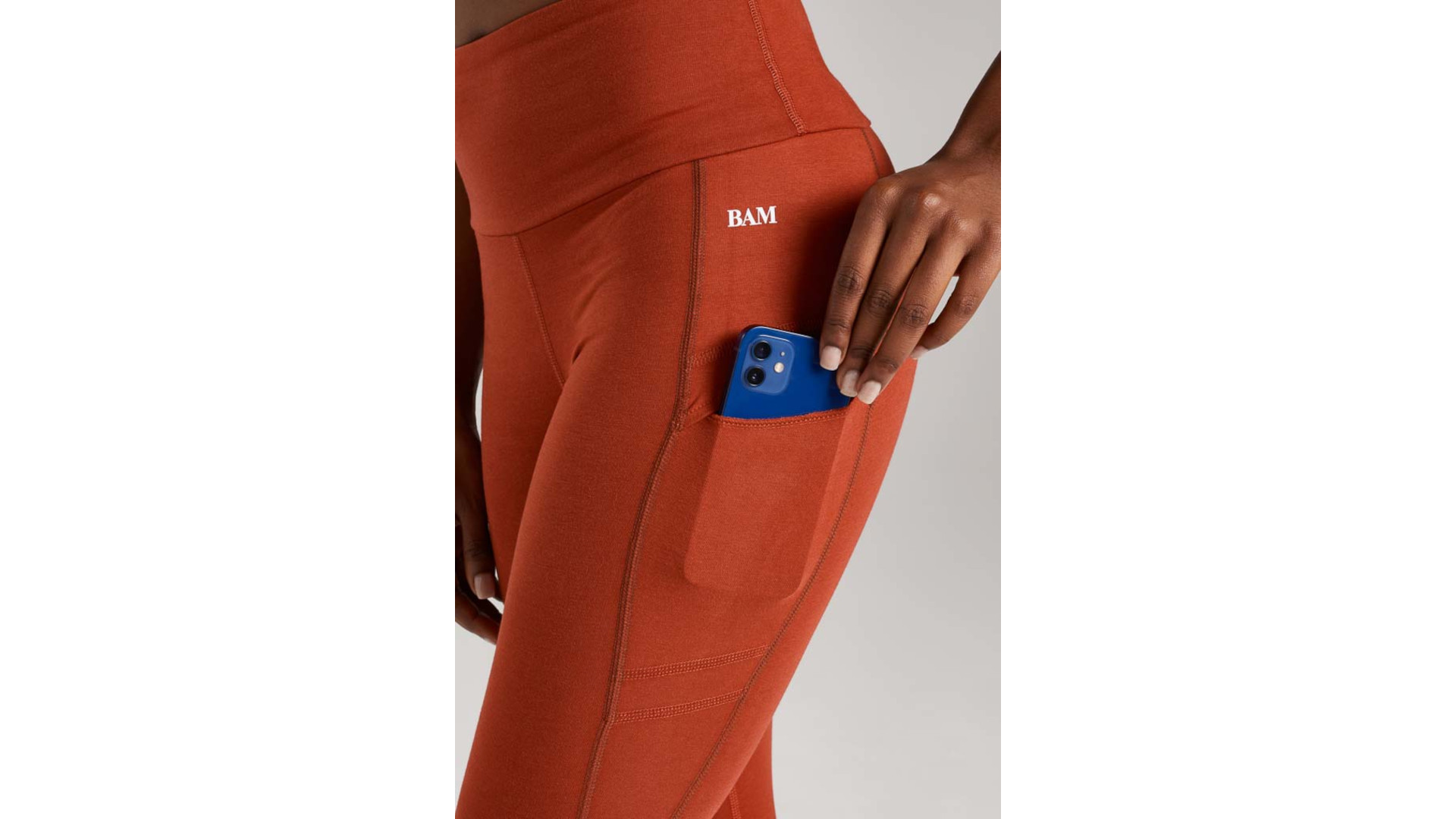
Hiking pants vs leggings: durability
It’s reasonable to expect your hiking pants to be made from sturdy stuff, especially if you’re going to be sitting on wet grass and scraping up against branches and rocks in them, and they usually are made from tough, non-flimsy material.
Leggings can range from flimsy to quite robust these days, but overall are known for losing their stretch which means after a year or two you might spend a lot of time tugging them up. You could argue that hiking pants have more to break, what with zippers and straps, but a good pair will outlast any pair of leggings in terms of performance. If hiking for you means straightforward strolls, then this criteria might not be too important.
One more point here – since more of the sweating going on in your lower body (besides your feet) is happening in your crotch, your tight-fitting leggings are likely to build up quite a stench after a single use, so they’ll need to be laundered more frequently, and that will cause them to degrade faster.
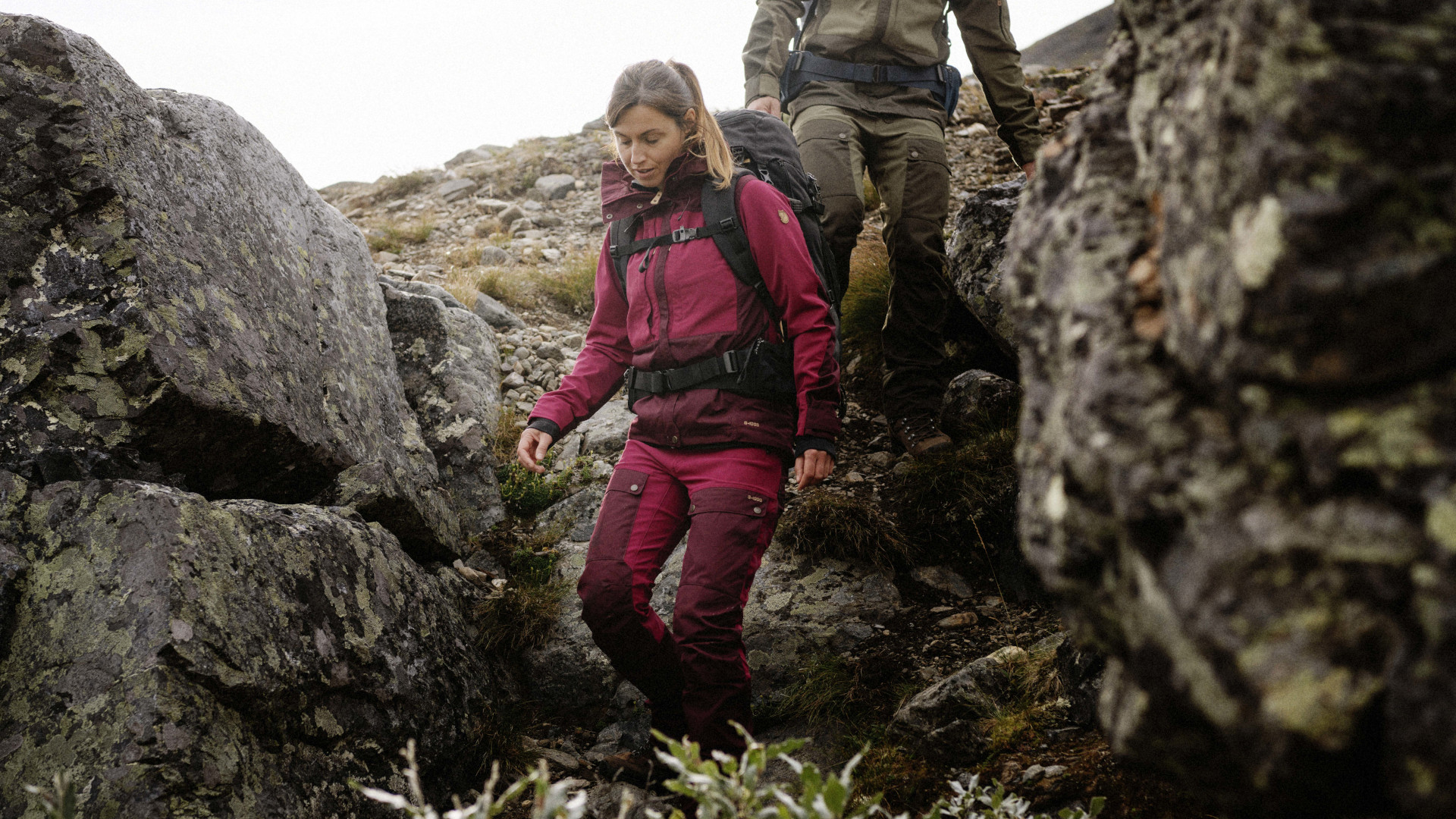
Hiking pants vs leggings: price
Technical trekking trousers can set you back a bit, and men’s tend to be pricier than women’s. Up until a few years ago, leggings would have been the cheaper option, but that’s because they were usually flimsy cotton affairs. Today’s high end athletic leggings can seem downright exorbitant and the gap is definitely closing. We compared the best women's running leggings we’ve tested against the best women’s hiking pants and found that most were in the same ballpark.
| Header Cell - Column 0 | Hiking pants | Leggings |
|---|---|---|
| Weather protection | Usually wind resistant, sometimes water resistant | No water or wind resistance |
| Stretch | Usually some stretch | Lots of stretch |
| Breathability | Looser fit makes them breathable | Usually breathable and moisture wicking, but snugger fit can be sweaty |
| Pockets/features | Usually lots of pockets, may have other loops and stretchy panels that are useful | Light on features, may have pockets |
| Durability | Should be sturdy | Can be flimsier and lose their shape more easily |
| Price | $50 - $200 | $40 - $120 |
Hiking pants vs leggings: the verdict
As you can see, leggings can and do provide some of the benefits that you need for hiking – primarily stretch and breathability – while some of the features they lack, like pockets and weather protection, can be made up for with backpacks and rain pants. However, they’re unlikely to match the durability and technical features of a pair of hiking pants. What it all comes down to, really, is what kind of hiking you plan to do in them, and where. If it’s not too technical and the weather is fine, you probably will be perfectly happy in a pair of leggings, but if you plan to go any real distance, over any rough ground and there’s likely to be anything other than blue skies, you’ll be happier if you invest in a good pair of hiking pants.
If you absolutely love leggings but you also really love hiking, consider a pair of hiking-specific leggings, such as the Montane Ineo Pro walking pants, Gym+Coffee 3.0 leggings or even BAM Bamboo’s Kennick Side Pocket leggings.
- Best women's running leggings: long legwear for winter runs
Julia Clarke is a staff writer for Advnture.com and the author of the book Restorative Yoga for Beginners. She loves to explore mountains on foot, bike, skis and belay and then recover on the the yoga mat. Julia graduated with a degree in journalism in 2004 and spent eight years working as a radio presenter in Kansas City, Vermont, Boston and New York City before discovering the joys of the Rocky Mountains. She then detoured west to Colorado and enjoyed 11 years teaching yoga in Vail before returning to her hometown of Glasgow, Scotland in 2020 to focus on family and writing.

